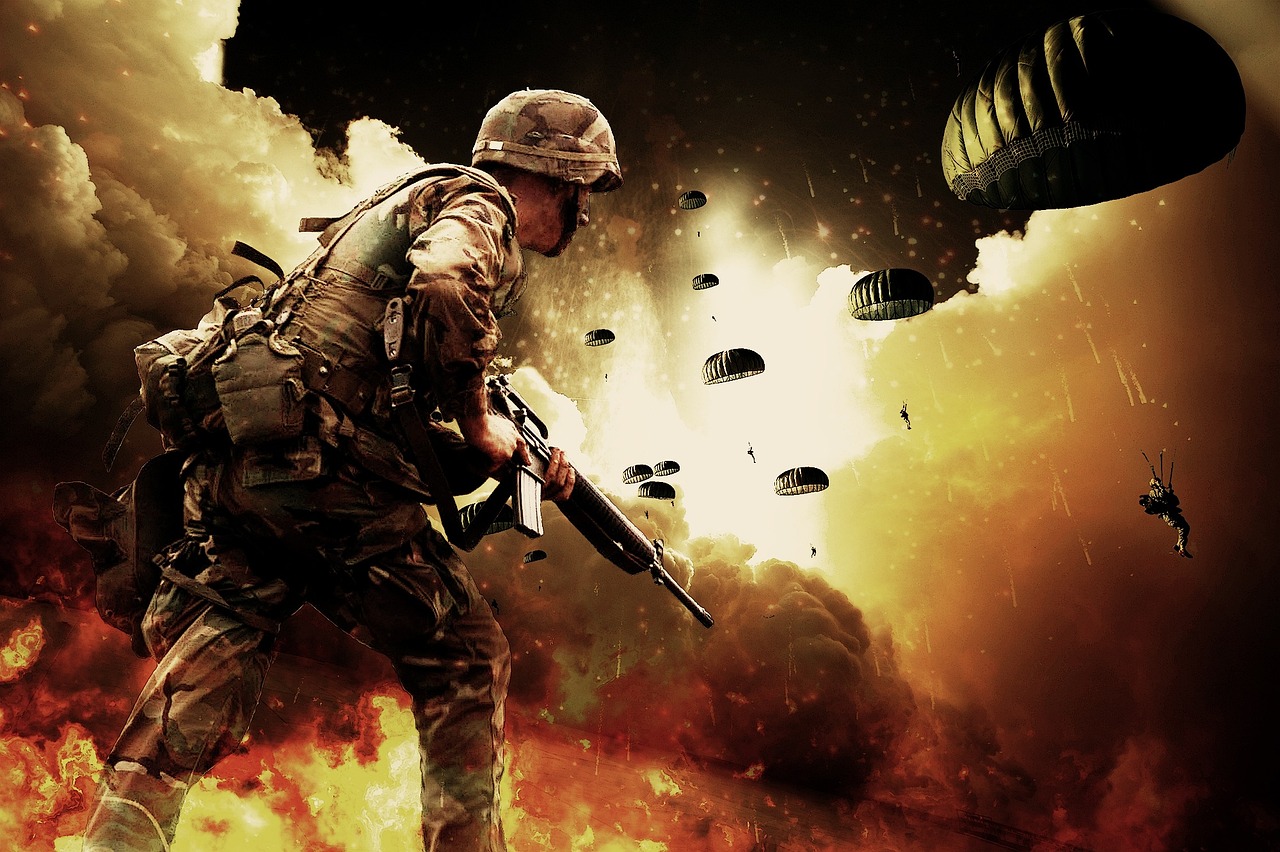1. Current Geopolitical Tensions:
- Ukraine-Russia Conflict: The ongoing war between Russia and Ukraine has raised fears of a broader conflict, particularly due to the involvement of NATO countries providing support to Ukraine. While this conflict has led to severe regional instability, the direct involvement of major powers in a global confrontation has been avoided so far .
- China-Taiwan Relations: Rising tensions between China and Taiwan, especially with the potential for military action by China to assert control over Taiwan, could trigger a broader conflict, particularly involving the United States and its allies in the Asia-Pacific region.
- Middle East Instability: The Middle East remains a volatile region, with conflicts in Syria, Yemen, and tensions involving Iran and Israel. While these conflicts are largely contained regionally, they have the potential to escalate, particularly if they draw in global powers.
2. Nuclear Deterrence:
- Mutually Assured Destruction (MAD): The existence of nuclear weapons in the arsenals of major powers like the United States, Russia, China, and others acts as a significant deterrent to full-scale global war. The concept of Mutually Assured Destruction (MAD) suggests that the catastrophic consequences of nuclear war make it unlikely for rational actors to pursue such a path.
- Nuclear Proliferation: However, the proliferation of nuclear weapons to more states, or the possibility of these weapons falling into the hands of non-state actors, increases the risk of nuclear conflict, which could potentially escalate into a global war .
3. Economic Interdependence:
- Globalization: The interconnectedness of global economies serves as another deterrent to world war. The economic fallout from a global conflict would be catastrophic for all parties involved, providing a strong incentive for nations to avoid escalation .
- Economic Rivalries: However, economic competition, trade wars, and sanctions can also exacerbate tensions between nations, potentially leading to conflicts that could spiral out of control .
4. Diplomatic and Multilateral Efforts:
- International Institutions: Organizations like the United Nations, NATO, and other multilateral institutions play a crucial role in conflict prevention and resolution. Diplomatic efforts and peacekeeping missions help to de-escalate tensions before they reach the level of global conflict .
- Bilateral Diplomacy: Continuous dialogue between major powers, such as the United States, Russia, and China, is essential to managing crises and preventing misunderstandings that could lead to war.
5. Potential Flashpoints:
- Cyber Warfare: The increasing role of cyber warfare and the potential for cyberattacks to disrupt critical infrastructure raises the risk of conflicts escalating, especially if such attacks are perceived as acts of war .
- Resource Scarcity: Competition over resources like water, energy, and rare minerals could also lead to conflicts, particularly in regions already experiencing political instability.
Conclusion:
While the risk of a World War cannot be entirely dismissed, several factors act as deterrents, including nuclear weapons, economic interdependence, and diplomatic efforts. However, ongoing regional conflicts, geopolitical tensions, and emerging threats like cyber warfare and resource scarcity mean that the risk remains real. Continued international cooperation and conflict prevention measures are crucial to maintaining global peace.


